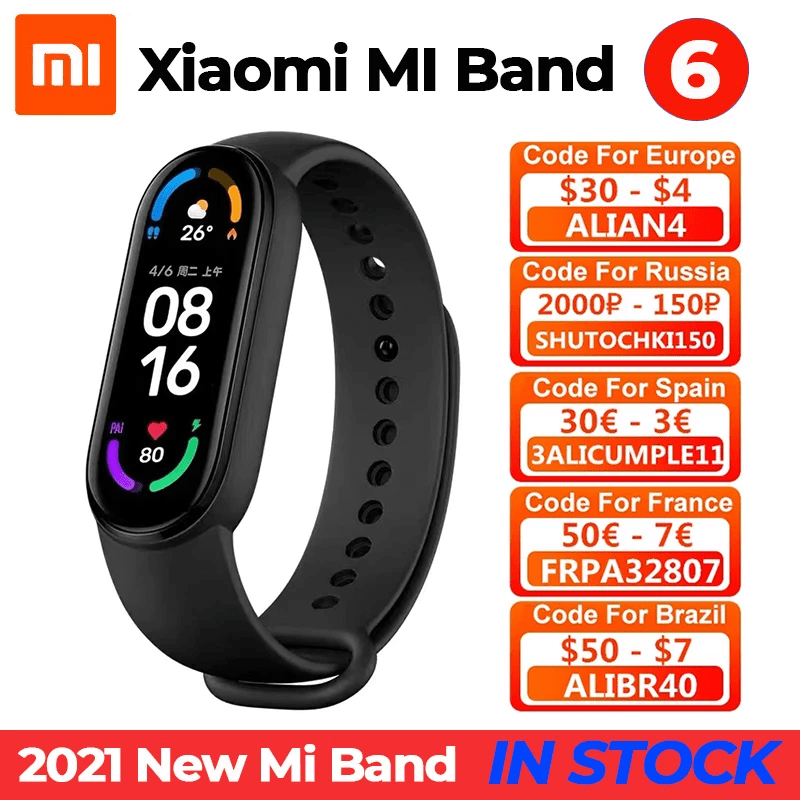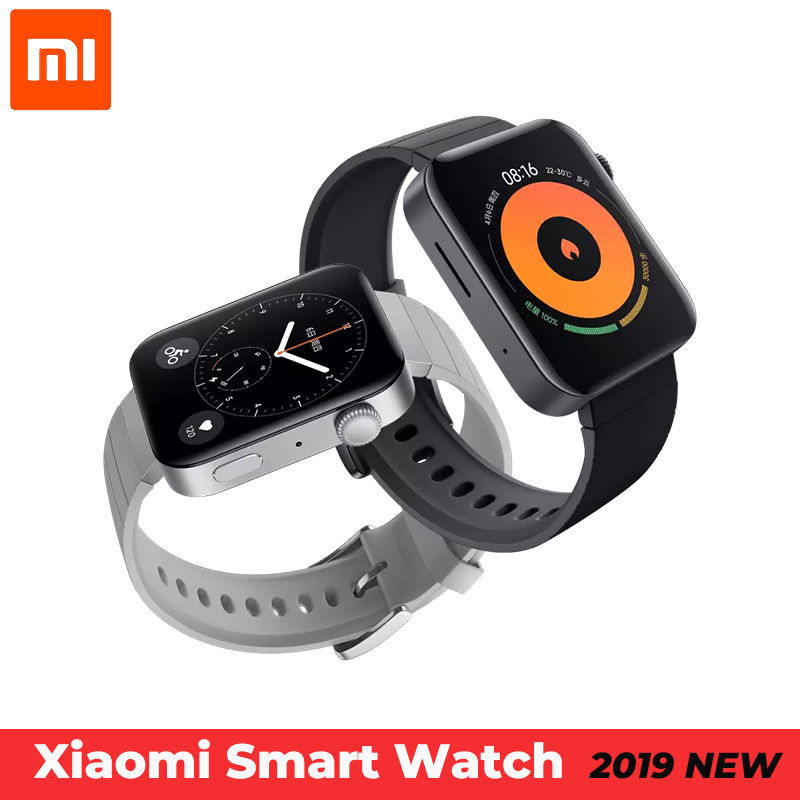Question charging
- Thread starter Ford_Prefect
- Start date
- Joined
- Aug 4, 2018
- Messages
- 10
- Likes
- 20
- Points
- 8
When trying to match chargers, Volts should always match, you never use a charger with different Voltage than what the device needs. Since anything using USB is always 5V, you don't need to bother in this case. (Qualcomm's QuickCharge is an exception, but still safe as the charger and device talk first to negotiate changing the voltage safely, if at all).
Amperage, on the other hand, can be mixed and matched. The charger's Amps is the maximum it can provide while the device's input Amps is the maximum it will ever need to draw. So, the general rule of thumb is that the charger must be rated more than your device, it will not push that much current forcibly if the device doesn't need it. You may get away with fewer Amps on your charger than a device's spec but it will charge it slower than usual (like using an old charger for a newer phone), however you can't do that if the device NEEDS those Amps, for example, a laptop that says 18V/5A can charge with an 18V/2.5A charger but if you try to use it while charging and it needs those 5A, it will either shut down, malfunction or fry your charger.
Since a Mi Band charges quite slowly because of its small battery, any USB charger you can find will charge it with the same speed, irrelevant of it's max A value—the Mi Band 3 is rated for 250mA and USB is always at least 500mA.
Amperage, on the other hand, can be mixed and matched. The charger's Amps is the maximum it can provide while the device's input Amps is the maximum it will ever need to draw. So, the general rule of thumb is that the charger must be rated more than your device, it will not push that much current forcibly if the device doesn't need it. You may get away with fewer Amps on your charger than a device's spec but it will charge it slower than usual (like using an old charger for a newer phone), however you can't do that if the device NEEDS those Amps, for example, a laptop that says 18V/5A can charge with an 18V/2.5A charger but if you try to use it while charging and it needs those 5A, it will either shut down, malfunction or fry your charger.
Since a Mi Band charges quite slowly because of its small battery, any USB charger you can find will charge it with the same speed, irrelevant of it's max A value—the Mi Band 3 is rated for 250mA and USB is always at least 500mA.
- Joined
- Jul 21, 2018
- Messages
- 31
- Likes
- 5
- Points
- 18
- Joined
- Aug 4, 2018
- Messages
- 10
- Likes
- 20
- Points
- 8
No, you are good! 5 volts is the standard for USB so it's not going to output anything other than that unless it finds a compatible phone which supports UMI's fast charging and they negotiate the voltage change beforehand, just as QuickCharge does. For all other cases, it's going to stay on 5V only.
Anything USB is compatible with anything USB as long as Voltage is concerned, they all work on 5V, you just don't get the added benefits if you mix and match.
Anything USB is compatible with anything USB as long as Voltage is concerned, they all work on 5V, you just don't get the added benefits if you mix and match.







